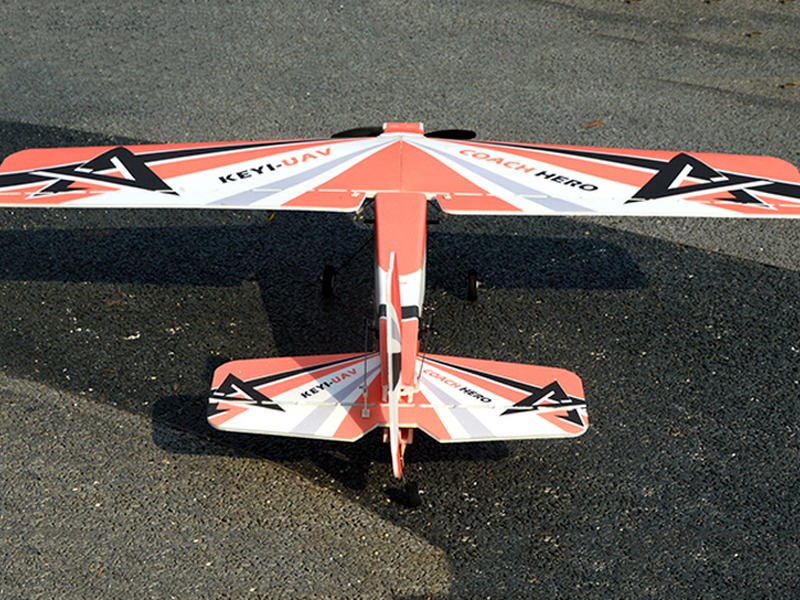How many channels do you need for an RC plane?

The number of channels required for a radio-controlled (RC) plane depends on the type of plane, its complexity, and the desired control options. Generally, a basic plane that is just used for flying around can require as few as three channels, while more complex planes such as those used for aerobatics or 3D flying can require up to 8 channels.
For basic flying, most people will use a three to four-channel setup. This includes one channel for throttle, one for rudder and aileron control, and one for elevator control. This allows the pilot to control the speed of the plane, turn left and right, and go up and down. If a plane is equipped with flaps, a fourth channel can be used to control them.
For more advanced flying, such as aerobatics or 3D flying, a five to eight-channel setup is usually required. This includes the four channels from the basic setup, plus one or more additional channels for controlling other features such as a retractable landing gear, motor speed, or variable pitch propeller. To control a retractable landing gear, two channels are usually required: one to control the gear up and down, and one to control the speed at which the gear retracts or extends. To control the motor speed, two channels are usually required: one to control the speed of the motor, and one to control the direction of the motor. To control a variable pitch propeller, two channels are usually required: one to control the pitch of the propeller and one to control the speed of the propeller.
In addition to the number of channels, the type of radio control system used is also important. The most common type of RC system is the 72MHz system, which is the most common in North America. This system uses a single frequency, which is shared by all users in the same area. The frequency can be changed by changing the crystal in the transmitter and receiver. The newer 2.4GHz system uses frequency hopping technology, which means that it can use different frequencies within the same area without interference. This system is more reliable and provides better range than the 72MHz system.
In conclusion, the number of channels required for a radio-controlled plane depends on the type of plane, its complexity, and the desired control options. Generally, a basic plane that is just used for flying around can require as few as three channels, while more complex planes such as those used for aerobatics or 3D flying can require up to 8 channels. The type of radio control system used is also important, as it will determine the range, reliability, and features available.
Comments / Question
2. Time Division Multiplexing (TDM): TDM divides a single signal into multiple separate signals, each of which is sent on a different channel.
3. Wavelength Division Multiplexing (WDM): WDM is a technique of carrying multiple channels of data in a single fiber optic cable by using different wavelengths of light.
4. Orthogonal Frequency Division Multiplexing (OFDM): OFDM is a technique that divides a signal into several narrowband channels, each of which can be used to transmit data over a different frequency.
5. Spread Spectrum Multiplexing (SSM): SSM is a technique used to increase the capacity of a communication system by spreading the signal over a wider range of frequencies.
6. Multi-Carrier Modulation (MCM): MCM is a technique used to transmit digital data over multiple channels by dividing the data into multiple sub-channels.
7. Code Division Multiple Access (CDMA): CDMA is a multiple access technique that allows multiple users to share a single channel by assigning a unique code to each user.

